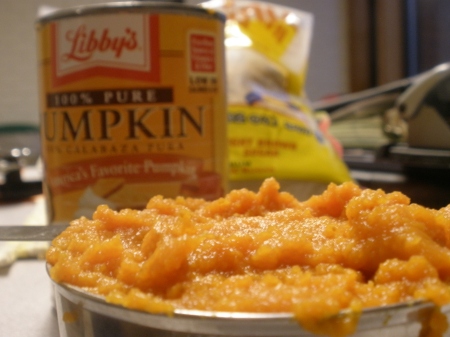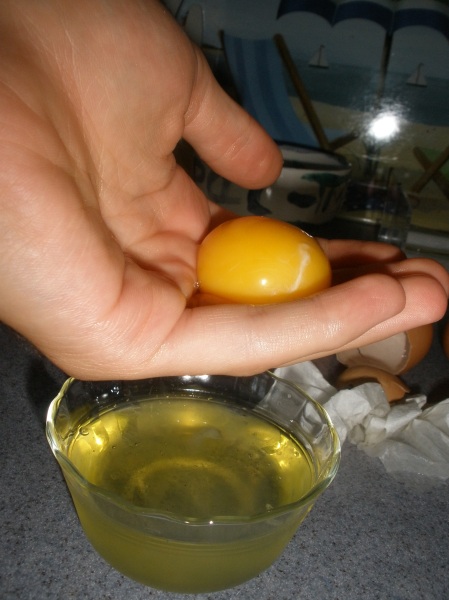Chocolate is a requisite for Valentine’s Day. I still remember picking out chocolates in hopes of winning the heart of my third grade crush, Anya. Unfortunately for me, another boy was competing for Anya’s heart, and he shrewdly took credit for my act of love. Oh the agony! I despondently watched as he proclaimed himself her “Secret Admirer.”
While it didn’t exactly work out as planned, there’s no denying the aphrodisiacal powers of chocolate. So when you’re planning a dinner date for V-Day, dessert is a huge consideration. And while there’s no denying the romantic allure of posh dessert spots like Finale or Burdicks, they can be a little draining on the wallet.
The solution—make it yourself. It’s cheaper and far more rewarding. Spending money on a girl will make her blush, spending time on a girl will make her purr. Girls love it when you take them to a swanky restaurant, but if you slave over a good dessert, you’ll have her eating out of the palm of your hand. But guess what? You don’t even have to slave over the dessert. So for all those guys out there with ladies to impress; it’s easy to do, just follow these steps.
Step 1: Cut a hole in a box
Just kidding. I highly doubt you’ll score many ladies with that sort of gift. Here’s a better option.
First, you should invite a girl out to dinner. You can either take her to a restaurant (Sushi or Tapas are options that strike a nice balance between informal and fancy). If you’re a little more confident in your cooking skills, get some pasta from Dave’s Fresh and dine at home/dorm. If it’s a first date though, I’d keep it in neutral territory, like a restaurant.
Step 2: Prepare dessert yourself. A mediocre meal can be remedied with a phenomenal dessert. This final course is the clincher, which is why you should make it yourself. She’ll appreciate the fact that you made it yourself, and best of all—it’s a guaranteed way to get her back to your place.
You should make either the chocolate soufflé or the molten chocolate cake. Both desserts are flashy enough to wow her and easy enough to keep your pre-date day stress free. And best of all, these desserts can both be made ahead of time. Just make them right before you go and place them refrigerator. When you get back, put them in the oven and bake them and voila! Hot, freshly baked dessert! The last thing you want to be doing when you bring her home is fretting over the dessert in the kitchen. By prepping everything beforehand, all you have to do when you get back is put it in the oven. What you decided to do after dessert is all up to you.
If you wanna make the Soufflé…
I detailed this one in the soufflé post, so just click here for that recipe
If you wanna make the molten chocolate cake…
Molten Chocolate Cake
(adapted from New York Times recipe, which in turn was taken from “Cooking at Home with a Four-Star Chef” by Mark Bittman and Jean-Georges Vongerichten)
INGREDIENTS
1 stick (½ cup) unsalted butter, plus more to butter the molds
4 ounces bittersweet chocolate
2 eggs
2 egg yolks
¼ cup sugar
2 teaspoons flour, plus more for dusting
METHOD
1. Beat together the eggs, yolks, and sugar with a whisk or electric beater until light and thick.
2.) In a double boiler (Saucepan of simmering water with a bowl on top), melt chocolate and butter together until the chocolate is almost completely melted.
2. Pour in the egg mixture, then quickly beat in the flour, just until combined.
3. Butter and lightly flour 2 8-ounce molds, custard cups, or ramekins. Tap out the excess flour, then butter and flour them again. Divide the batter among the molds.
(At this point you can refrigerate the desserts until you are ready to eat, for up to several hours; however, you must bring them back to room temperature before baking.)
4. Preheat the oven to 450 degrees. Bake the molds on a tray for about 11 minutes; the center will still be quite soft, but the sides should be set.
5. Once baked, take ramekins out of oven. Immediately place a serving plate on top of the ramekin. Acting quickly, flip ramekin/plate over. The cake should unmold itself onto the plate. Serve immediately.
Ps: It’s good with vanilla ice cream and a couple of sliced strawberries.






 Posted by sofraichesoclean
Posted by sofraichesoclean 














 I am horrible at making decisions. When I got my acceptance letters from college, I spent the month flip-flopping between schools (Hopkins, WashU, and Tufts) before sending in my enrollment to Tufts the day of the deadline. I’m always the last one to order at dinner and the first one to second-guess myself. So when the local culinary store offered me two kinds of vanilla beans, you can imagine my predicament.
I am horrible at making decisions. When I got my acceptance letters from college, I spent the month flip-flopping between schools (Hopkins, WashU, and Tufts) before sending in my enrollment to Tufts the day of the deadline. I’m always the last one to order at dinner and the first one to second-guess myself. So when the local culinary store offered me two kinds of vanilla beans, you can imagine my predicament.